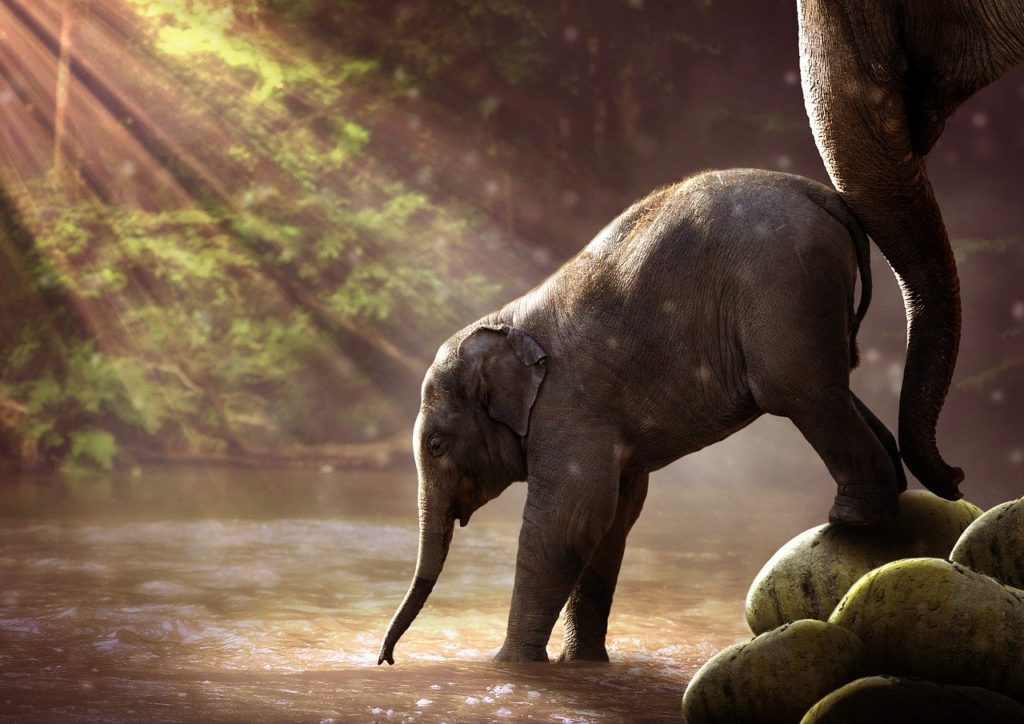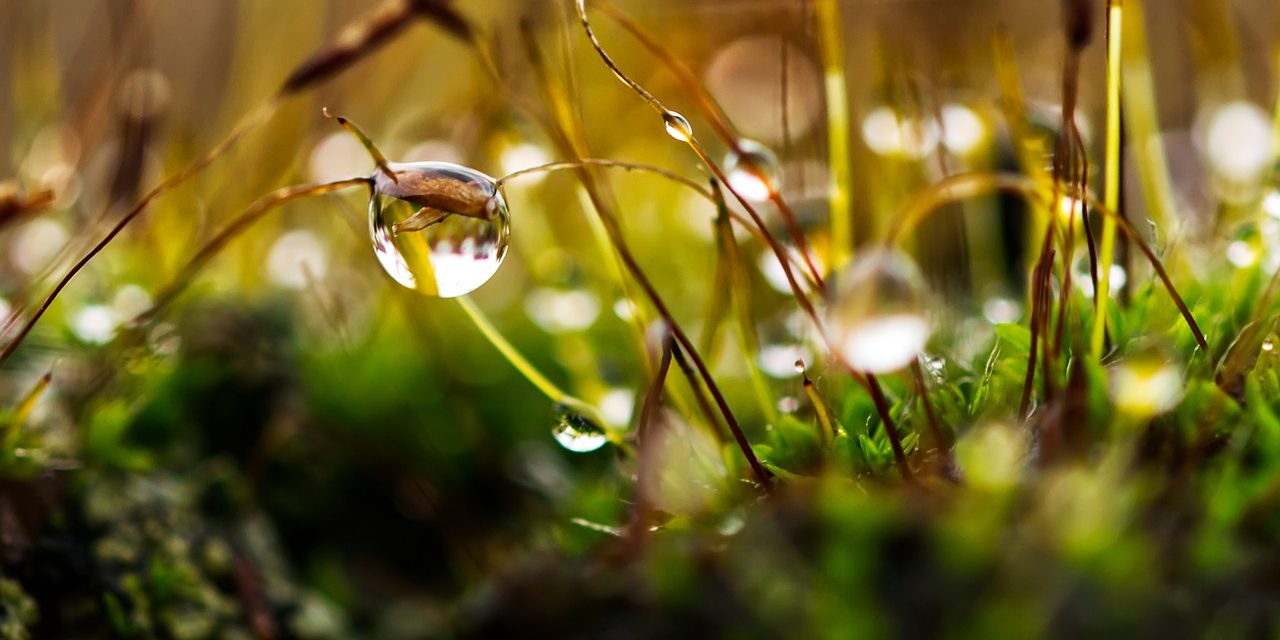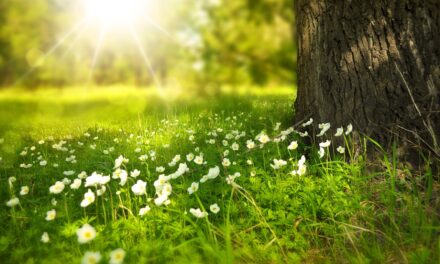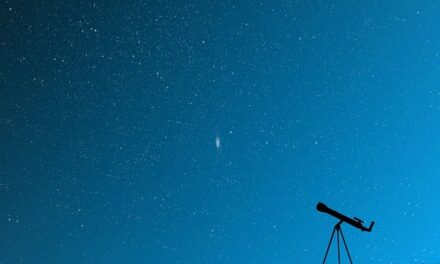Embracing a spirituality in which God is less of an authoritarian, more like a blade of grass. ~Elizabeth Childs Kelly
A few years ago, I came across a thoughtful op-ed in the New York Times by Rabbi Mark Sameth. In it, he made a provocative suggestion: God is not, in fact, a He. In the Jewish tradition, God is transgender.
“Counter to everything we grew up believing, the God of Israel — the God of the three monotheistic, Abrahamic religions to which fully half the people on the planet today belong — was understood by its earliest worshipers to be a dual-gendered deity,” Sameth asserts.
I appreciate this perspective for multiple reasons. First, I research and write about ancient Goddess worshipping traditions, and it’s incredibly refreshing to see anyone suggest that God might be something other than an old, white dude towering above us all. Second, his suggestion flew in the face of everything I learned about God as a kid. I grew up in a Southern Baptist church, and while most of the talk was about Jesus and how He represented love, I had enough exposure to the Old Testament version of God (plus the viewpoints of those in my religious community) to know full well that He damn sure wasn’t a woman. To suggest that He was a She would not have been simply silly or foolish; it would have been straight-up, heathen heresy.
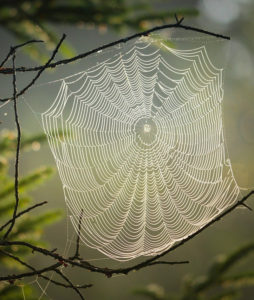 Why is it so rare that we talk about God specifically as a She?
Why is it so rare that we talk about God specifically as a She?
In contrast, Rabbi Sameth’s perspective felt not only liberating, but refreshingly modern. But it also begged a question: if God really contains both genders, then why is it considered “normal” to only discuss the male version of Him? The word God itself is typically understood to refer to a male; even my Webster’s Dictionary says so. Why is it so rare that we talk about God specifically as a She?
I’ve known many people who can readily embrace the concept of God as genderless but suddenly get squeamish, uncomfortable, or even outright dismissive when asked to think about God as a Goddess or “Her.” For example, I have a Christian friend who told me recently that while she always refers to God as “He,” God is probably both genders, anyway. No matter that my friend belongs to a church that would never refer to God as a “She” — Her inclusion is implied, so we don’t even have to name it, right?
In her book The Dance of the Dissident Daughter, the author Sue Monk Kidd describes approaching the issue of female-specific spirituality with an Episcopalian priest. His response? “He patted my hand. He said, ‘it’s counterproductive to get hung up on side issues like that.’”
If God is both male and female, then we are long overdue in celebrating Her feminine side. 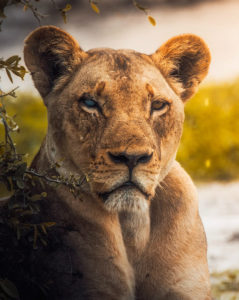
In some ways, it’s both convenient and reassuring to label the gender of God as irrelevant or a side issue, but that kind of thinking also has the potential for great harm. If we simply proclaim God as gender-fluid without acknowledging historical context and people’s lived experiences, then we get to skip right past thousands of years of patriarchal oppression and misogyny perpetuated by some of the world’s most dominant religions. We get to pretend those religious traditions haven’t specifically named women as untrustworthy, inferior, and in constant need of male guidance — or that this perspective isn’t a crucial part of their very existence, as the Adam and Eve creation myth of the Judeo-Christian tradition clearly demonstrates.
It’s a similarly faulty argument underpinning the use of the phrase “all lives matter.” If we believe all lives indeed matter, we should be more than willing to prioritize the well-being of people of color, whose lives have been historically the most oppressed in our country. And if God is both male and female, then we are long overdue in celebrating Her feminine side.
Trust me, there’s a lot to celebrate. Studying the historical (or her-storical) record of the Divine Feminine has taught me a great deal, the first being that there are significant differences between female-centric spiritual perspectives and male ones, and it isn’t as simple as proclaiming our religious traditions to be more gender-fluid than they appear.
 For one thing, the Divine Feminine is a wildly inclusive perspective. In pre-patriarchal religious traditions, where the feminine was held as sacred, the Divine was once viewed as immanent, or inherent to all living things (not to be confused with “imminent,” which means something is about to happen). Divinity was very much present in the natural world because there was nothing that was not the Divine. A blade of grass is imbued with just as much sacred stuff as the Goddess Herself, because She is everything.
For one thing, the Divine Feminine is a wildly inclusive perspective. In pre-patriarchal religious traditions, where the feminine was held as sacred, the Divine was once viewed as immanent, or inherent to all living things (not to be confused with “imminent,” which means something is about to happen). Divinity was very much present in the natural world because there was nothing that was not the Divine. A blade of grass is imbued with just as much sacred stuff as the Goddess Herself, because She is everything.
In the Divine Feminine tradition, because She is all things, there is no Divine presence outside of ourselves.
In contrast, the monotheistic, male-centric religious traditions that rose to prominence beginning roughly 5,000 years ago teach that God may create everything, but He sits above and removed from His creations. In their book The Myth of the Goddess, Anne Baring and Jules Cashford describe the transition away from Goddess traditions this way: “The god becomes the maker of heaven and earth, whereas the goddess was heaven and earth.”
This is an important distinction. In the Divine Feminine tradition, because She is all things, there is no Divine presence outside of ourselves. There is also no need to believe in anything, not even a literal Goddess; worship simply entails honoring the sacredness of all life, including and especially your own.
In contrast, patriarchal thinking, which was first expressed by an authoritative father God, extends far beyond places of worship. It’s this kind of thinking that has led us to believe we need an authority figure to tell us what is right or wrong, what we should eat, how we should look, and especially how we should commune with the Divine. 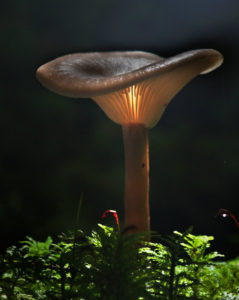
Native American writer Sheri Mitchell echoes this thought in her beautiful book Sacred Instructions, writing:
The culture of dependency reaches into every corner of our lives. From the day we are born, we are trained to be obedient to power and dependent on higher authority. This training system is embedded into our government structures, education systems, employment policies and in the tenets of most religions.
Many religious rituals, writes Mitchell, are designed to cement unquestioning allegiance to those hierarchical systems.
Developing a relationship with the Divine Feminine asks the opposite. It requires us to let go of the need for a dominant father God — or anyone else, for that matter — to dictate rules of behavior and codes of conduct.
It also asks us to relinquish blind faith in religious authority figures to translate the rules of the Divine for us. We may still turn to spiritual texts and teachers for their guidance and wisdom, but as Sue Monk Kidd writes, “my ultimate authority is the divine voice in my own soul. Period.”
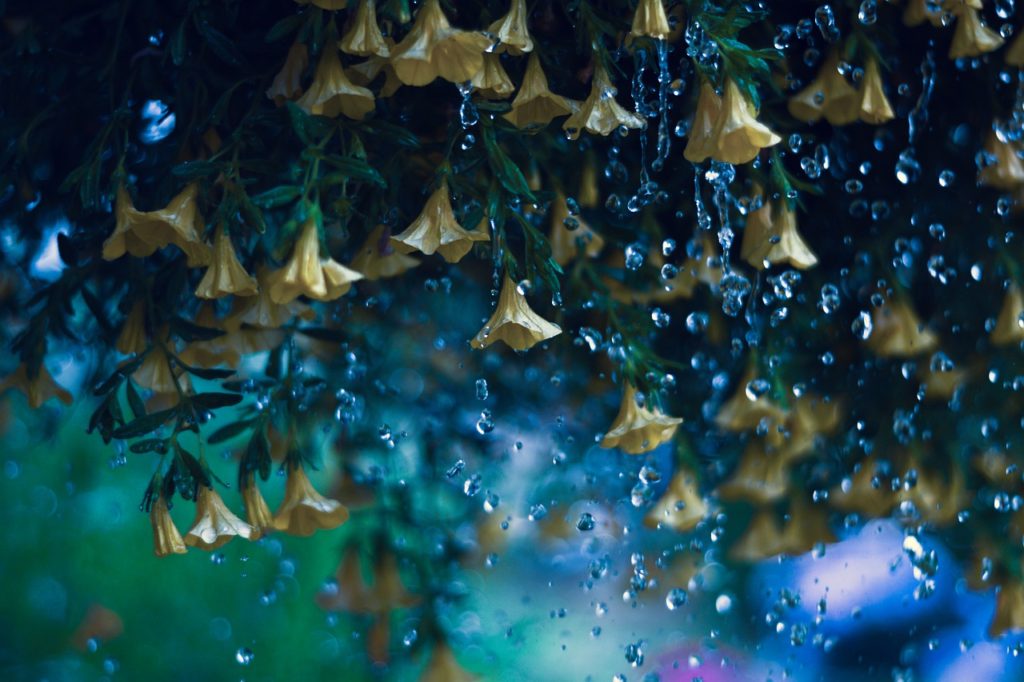
In his book Naming the Unnameable: 89 Wonderful and Useful Names for God, theologian Matthew Fox writes:
How many names for Divinity are there? Do the names for God change? Ought they change as humans evolve and as circumstances of life change around us? Do we have permission — and maybe a serious responsibility — to change our understanding and naming of God as we mature as individuals and as we face a critical time, a “turning time,” in human and planetary history?
Yes — and referring to God as “Her” or Goddess or by any of her many Her-storical names, such as Asherah, the Lady, Black Madonna, Isis, Kali, or so many others, is an excellent place to start. For the record, Matthew Fox agrees — his 89 words for God include 13 he specifically identifies as female, plus another 10 whose origins lie with ancient Goddess traditions.
But back to Rabbi Sameth’s original point: is God indeed gender-fluid? I suspect anyone who’s had an authentic spiritual experience, whether through meditation, worship, dance, yoga, or simply being quiet in nature, would say, “yes — and then some.”
 God / Goddess / Source / Universe / Great Spirit surpasses all our feeble human attempts at labels. And yet here we are, in our feeble human bodies, with our meager language, attempting to describe the indescribable.
God / Goddess / Source / Universe / Great Spirit surpasses all our feeble human attempts at labels. And yet here we are, in our feeble human bodies, with our meager language, attempting to describe the indescribable.
Limitations of language aside, if we truly want to embrace the awesome expansiveness of the Divine, we can begin by fully acknowledging that religion has been a primary driver of inequality, abuse, and misogynistic thinking for millennia. We can have honest, heartfelt conversations about how this reality affected — infected — the self-esteem of my female ancestors, and how it is still plaguing the self-esteem of women and little girls today. We can also talk about how this loss of the Sacred Feminine has shortchanged our men, our little boys, and poisoned the entire planet.
We can step outside of the boxes drawn for us by patriarchal traditions and begin to explore the wisdom traditions that have been labeled for us as inferior, blasphemous, or wrong. Shamanism, nature-based traditions, the wisdom of indigenous peoples… all of these have much to teach us, especially at this particular moment in time. We can also explore the rich body of evidence demonstrating the pre-patriarchal prevalence of the Divine Feminine.
And yes, we can call God a “She.” I promise She won’t mind.
